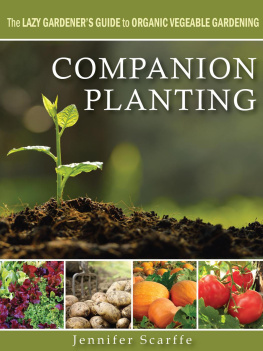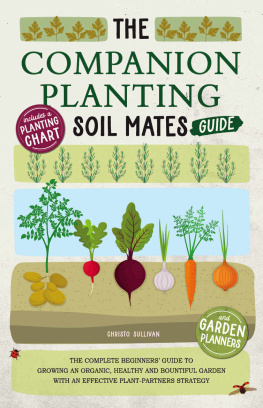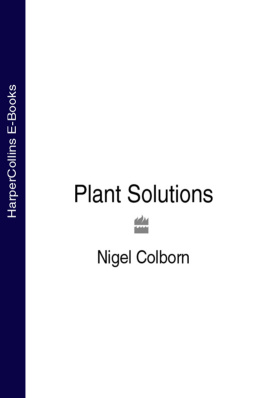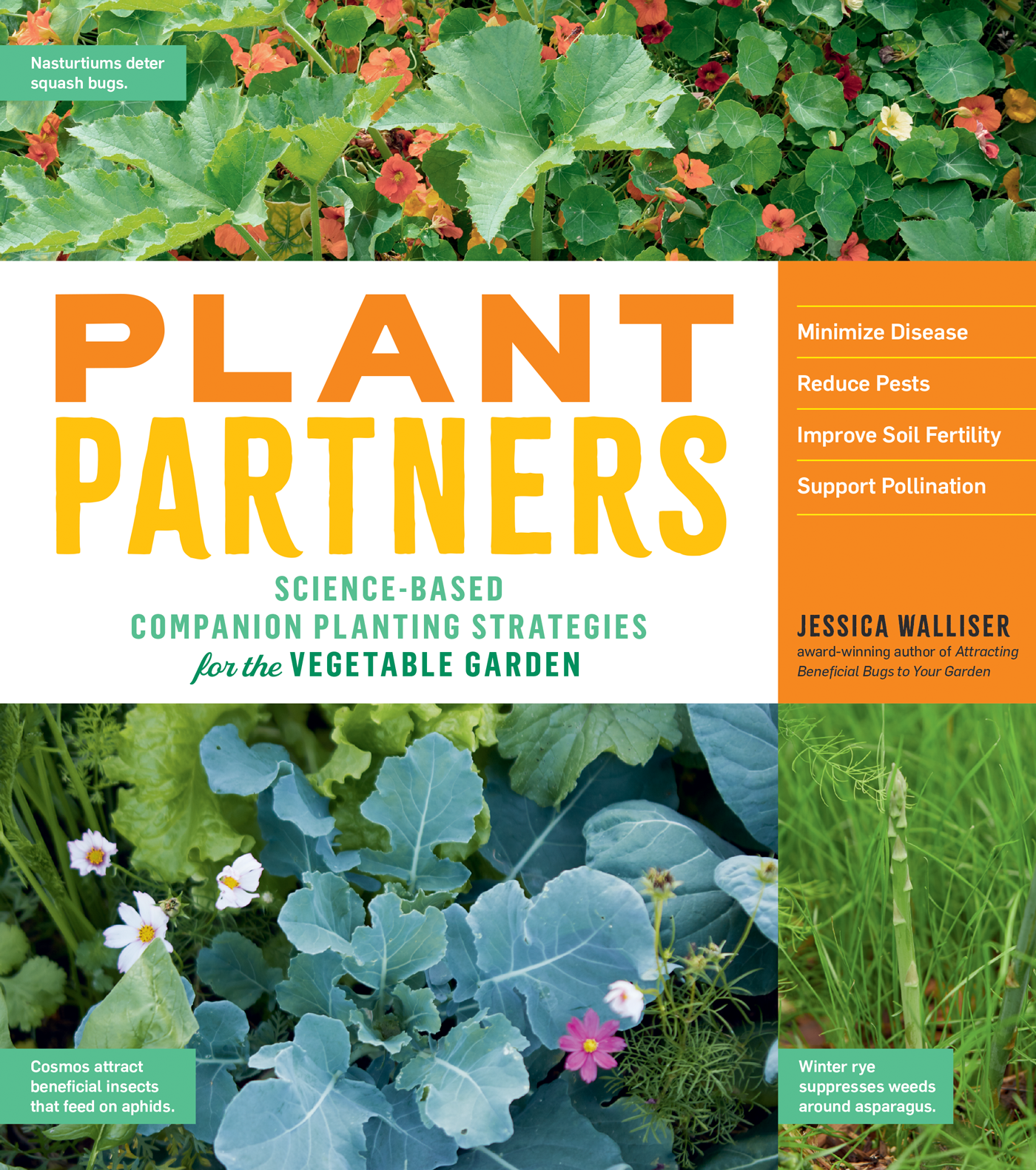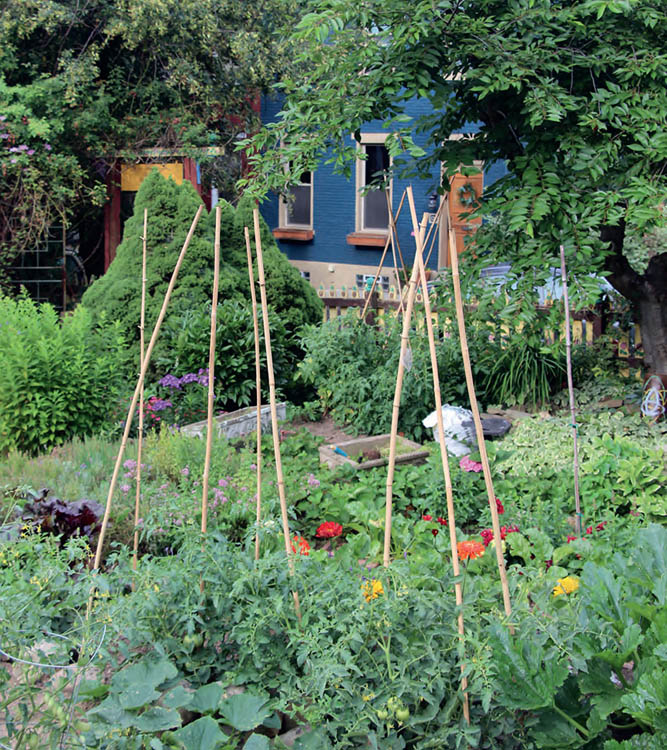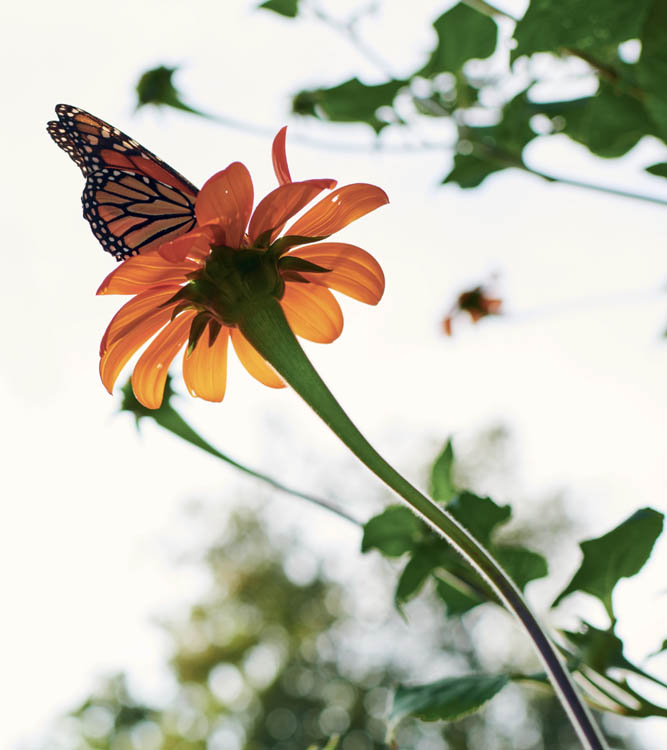The mission of Storey Publishing is to serve our customers by publishing practical information that encourages personal independence in harmony with the environment.
Edited by Carleen Madigan and Hannah Fries
Art direction and book design by Michaela Jebb
Text production by Jennifer Jepson Smith
Indexed by Christine R. Lindemer, Boston Road Communications
Cover photography by Angelo Merendino Photography, LLC, back t. & b.c.; Derek Trimble, front b., back b.c.l.; Gillian Pullinger/Alamy Stock Photo, front t.; Saxon Holt, back b.c.r.; sever180/stock.adobe.com, back b.l.; Tim Gainey/Alamy Stock Photo, back b.r.
Interior photography by Derek Trimble
Additional interior photography by Angelo Merendino Photography, LLC,
Additional photo credits appear on page
Text 2020 by Jessica Walliser
Ebook production by Kristy L. MacWilliams
Ebook version 0.0
December 22, 2020
All rights reserved. No part of this book may be reproduced without written permission from the publisher, except by a reviewer who may quote brief passages or reproduce illustrations in a review with appropriate credits; nor may any part of this book be reproduced, stored in a retrieval system, or transmitted in any form or by any means electronic, mechanical, photocopying, recording, or other without written permission from the publisher.
The information in this book is true and complete to the best of our knowledge. All recommendations are made without guarantee on the part of the author or Storey Publishing. The author and publisher disclaim any liability in connection with the use of this information.
Storey Publishing
210 MASS MoCA Way
North Adams, MA 01247
storey.com
Library of Congress Cataloging-in-Publication Data on file
Storey books are available at special discounts when purchased in bulk for premiums and sales promotions as well as for fund-raising or educational use. Special editions or book excerpts can also be created to specification. For details, please call 800-827-8673, or send an email to sales@storey.com.
To Niki Jabbour and Tara Nolan, my amazing SavvyGardening.com
partners and soil sisters.
Contents
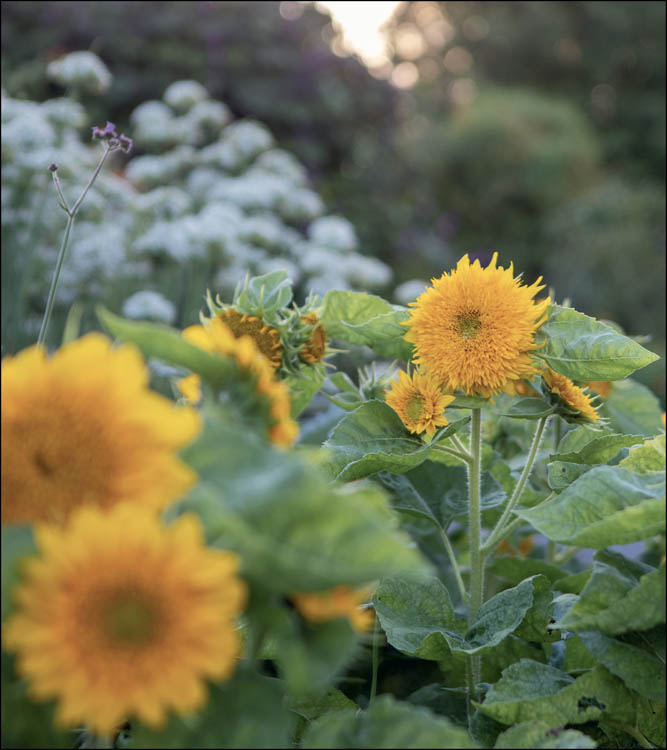
Foreword
For years gardening experts told gardeners to place particular plants next to each other to control insects or disease, or just because those plants work well together. Unfortunately, there really wasnt much scientific data to support their recommendations, so, despite good intentions, these combinations were mostly just someones best guess. Today, scientists still dont have all the answers, but recent studies have produced greater insight into the interactions between plants, providing clarity about how they might benefit one another.

With this book, Jessica Walliser has written something for the thoughtful gardener: the one who wants to understand exactly what theyre doing and why, and who is willing to observe, think through, and experiment with their garden choices. The bibliography at the back of this book lets us know that its the product of real research. This research, along with the experience and careful observations of a committed horticulturist, makes Plant Partners a valuable gardening reference.
If you want garden dogma, then go somewhere else. This is a reference for the open-minded gardener who is willing to think through their gardening choices. It gives us the science-based information we need to make informed decisions when choosing which plants to place next to one another. Plant Partners offers more than just specific plant pairings; it encourages us to think about the relationships between plants, so that we can grow our best garden ever.
Jeff Gillman, PhD
Director of the UNC Charlotte Botanical Gardens and best-selling author of The Truth about Garden Remedies and Decoding Gardening Advice
Introduction
A s a horticulturist, garden educator, radio host, and self-described science nerd, Ive received hundreds of questions and comments from people about the merits of companion planting. They wonder if their beets will grow better if they plant them next to their beans. Or if planting onions next to broccoli yields a better crop of both. Ive also had people swear that when they plant dill next to tomatoes, they dont get hornworms. Or that when they plant carrots next to basil, both of the plants thrive because they like each other. Ive often struggled to provide responses to those inquiries because I havent had the science to back them up.
You see, while companion planting has a long history among gardeners, its a history filled with folklore and conjecture, often at the expense of sound science. But times are changing. New and existing research from universities and agricultural facilities around the world isnt necessarily validating the long-held companion planting techniques and beliefs that have been around for generations. Instead, its pointing us toward a whole new way to companion plant. A way that approaches the garden as an ecosystem comprising many different complex layers of plants, fungi, and animals, all of which are connected in a massive web of life.
Modern companion planting isnt about what plant loves growing next to what other plant. Its about using plant partnerships to improve the overall ecosystem of the garden and create a well-balanced environment in which all organisms thrive, from the tiniest soil microbe to the tallest corn plant. Its about pairing plants such that one plant provides a benefit to the other in terms of an ecosystem service. For example, maybe plant A provides food for plant B. Or maybe plant A controls weeds around plant B. Or maybe plant A attracts beneficial insects that control pests on plant B. As youll soon learn, plants can benefit each other in these and many other ways.



